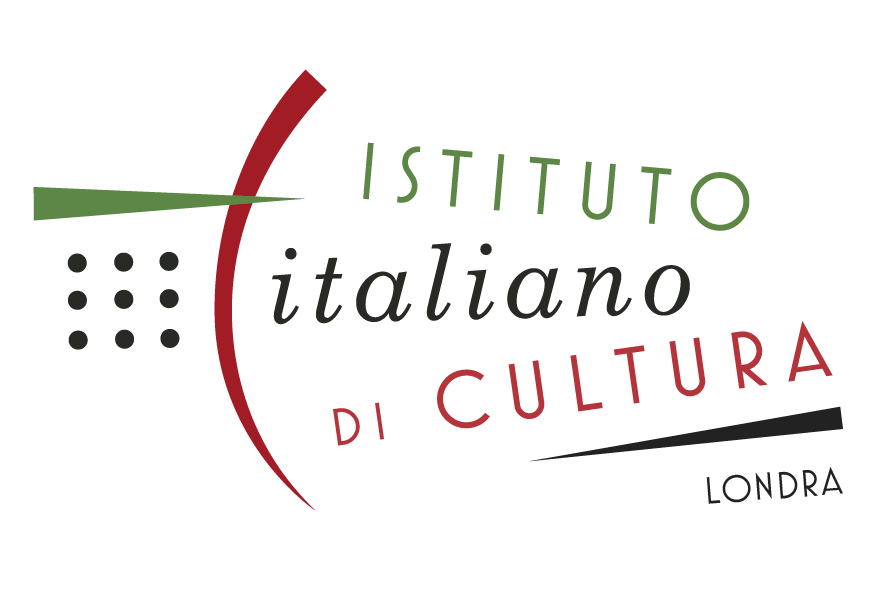Italia Danza, thanks to the collaboration with the Italian Cultural Institute in London, arrives in the UK capital with the performance Il Combattimento di Tancredi e Clorinda.
A cosmopolitan project, entrusted to the universal language of the body, promoted by the General Directorate for Public and Cultural Diplomacy of the Farnesina, and performed by CCN/Aterballetto, thanks to its vast repertoire of site-specific creations, designed to inhabit palaces, monumental or urban spaces, and symbolic cultural sites.


Victoria & Albert Museum South Kensington – London, April 29, 2025, at 11 AM and 1 PM
As part of the Performance Festival at the V&A Museum, CCN/Aterballetto celebrates International Dance Day with Il Combattimento di Tancredi e Clorinda, a dance and live music performance created in September 2024 to enhance Italian cultural heritage, co-designed with the General Directorate of Museums of the Ministry of Culture.
Within the stunning Raphael Gallery of the V&A Museum, the story of love and death narrated by Torquato Tasso in Gerusalemme Liberata (1575) and set to music by Claudio Monteverdi (1624) will come to life. The performance, directed by Fabio Cherstich and Philippe Kratz, features dancers Gador Lago Benito and Alberto Terribile, tenor Matteo Straffi, and harpsichordist Deniel Perer.
Direction and visuals: FABIO CHERSTICH
Choreography and stage movements: PHILIPPE KRATZ
Music: IL COMBATTIMENTO DI TANCREDI E CLORINDA by CLAUDIO MONTEVERDI
Dancers: GADOR LAGO BENITO, ALBERTO TERRIBILE
Singer: MATTEO STRAFFI
Harpsichord: DENIEL PERER
Coproduction: FONDAZIONE NAZIONALE DELLA DANZA / ATERBALLETTO, TEATRO REGIO DI PARMA / FESTIVAL VERDI, TORINODANZA FESTIVAL – TEATRO STABILE DI TORINO – TEATRO NAZIONALE, GHISLIERIMUSICA – CENTRO DI MUSICA ANTICA
Il Combattimento di Tancredi e Clorinda is a project aimed at enhancing live performance activities within cultural institutions and heritage sites, promoted by the General Directorate of Museums and co-financed by the General Directorate for Performing Arts.
To implement the project, the National Museums of Perugia – Regional Directorate of National Museums of Umbria—specifically the National Archaeological Museum and Roman Theatre of Spoleto—have established, with the support of the General Directorate of Museums, a partnership shared with five other significant cultural sites: Villa Pisani in Stra, Castello and Park of Racconigi, Swabian Castle of Bari, Certosa di San Martino in Naples, and the Archaeological Park of Venosa. Additionally, Castel Sant’Angelo in Rome will host the initiative as part of the summer festival Sotto l’angelo di Castello.

The project is part of Italia Danza, a co-designed initiative by the General Directorate for Public and Cultural Diplomacy of the Maeci and CCN/Aterballetto to promote Italian artistic heritage abroad.
In my vision of Il Combattimento di Tancredi e Clorinda, I imagine a confined, circular space where the proximity and similarity of the bodies play a fundamental role. Together with choreographer Philippe Kratz, we explore the idea of bodies as mirrors, thus narrating a humanity in conflict with itself. Eros and Thanatos emerge as equally powerful forces, creating a paradoxical atmosphere in this perfectly balanced struggle between human beings. In our vision, Tancredi and Clorinda are contemporary warriors, inextricably bound to one another, forced to fight and enact a story that has already been written.
A single voice will bring three characters to life: the text itself, Tancredi, and Clorinda will merge into the body and sound of a singer. This estranged sound, constrained by a circular path, creates a sense of constant repetition, emphasizing the endless cycle of this tale of love and death, doomed to repeat itself through the centuries and reach us with all its force, as an emanation of the poetic power of Tasso’s words and Monteverdi’s sublime music.
Fabio Cherstich, Director
In Torquato Tasso’s tale, set to music by Claudio Monteverdi, the most obvious themes are the battle between man and woman and religious conversion, yet these are the aspects I find least intriguing: adapting them into dance would risk falling into a mere narration of factual circumstances.
A more philosophical or psychoanalytical reading of this struggle, from which both protagonists emerge defeated, deceived, and alone, seems far more compelling to me. Within the opposition of these two roles, an entire world already exists: seeking each other, confronting each other, and wounding each other. The dynamic follows the ritualistic pattern of war and conflict, as two entities draw near. The absurdity of the act is revealed when one of them loses their life, and we realize that the other, in the end, has not won… a deep and shared wound that remains on both bodies. Are they two people fighting each other, or perhaps a single person struggling with themselves?
Philippe Kratz, Choreographer




